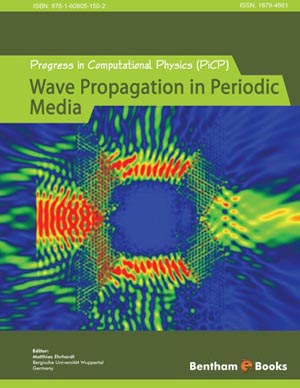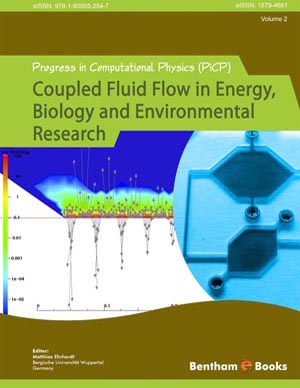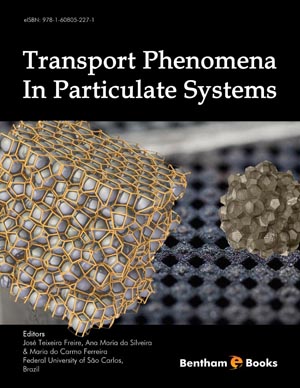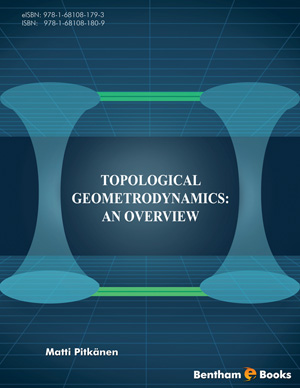Abstract
9.1. INTRODUCTION
Refrigerators and air conditioners are popular and important devices in our
daily lives. The former provides a low-temperature environment to store food
and drink, while the latter reduces the indoor temperature to a comfortable
level. In nature, we observe that heat flows from a higher temperature toward
a lower temperature. To reverse the heat flow from a low to high temperature,
mechanical work needs to be added to enable mechanical refrigeration, by
which a low-temperature environment is created for food saving or air
conditioning. The most important feature of mechanical refrigeration is its high
efficiency, usually called the coefficient of performance (COP): the COP of
residential refrigerators is usually above one, and air conditioners can achieve
even five. While other refrigeration methods have been developed, based on
different physical principles, such as vortex tubes and thermoelectric coolers,
their efficiencies, in general, are much less than one, and we use them for
special applications where their other characteristics make them attractive.













